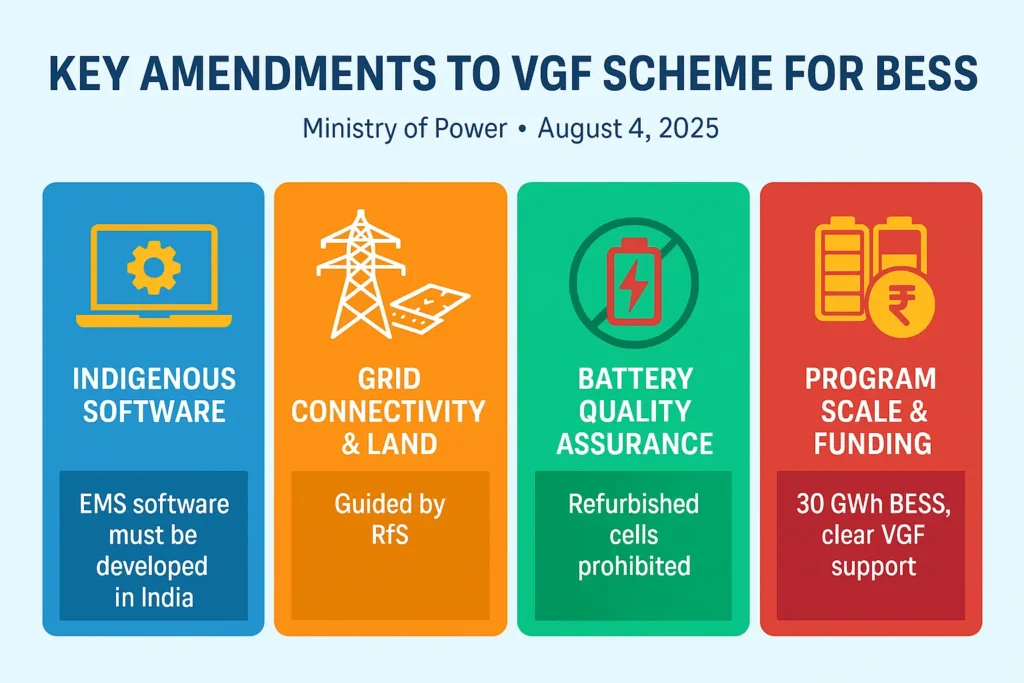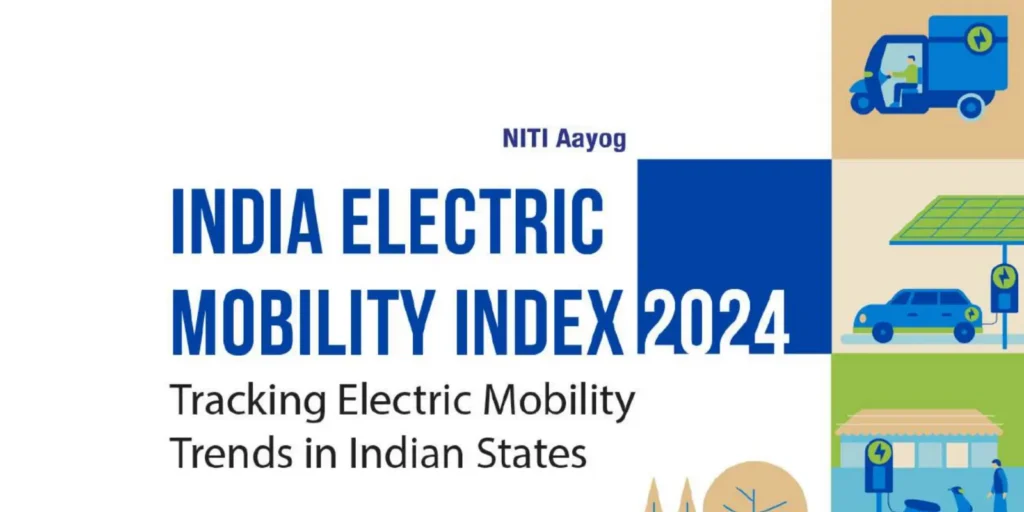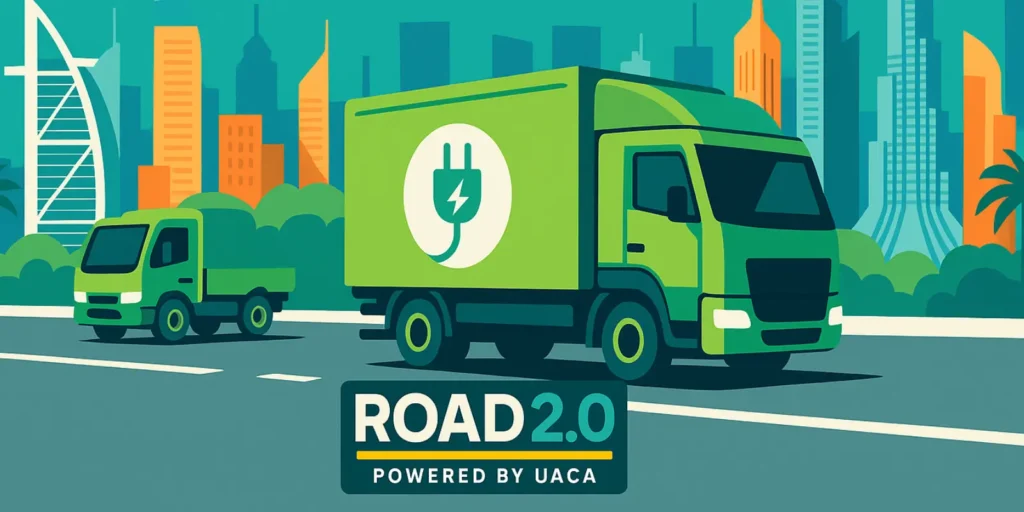Air pollution has become a major concern for health and safety of human beings. It is estimated that 4.2 billion deaths are reported every year due to exposure to outdoor pollution. Transportation sector remains a major air polluter. In this article let us discuss how electric vehicles becomes the solution for air pollution in India.
Air pollution
According to WHO, air pollution is any chemical, physical, or biological factor that contaminates the indoor or outdoor environment. It also alters the natural properties of the atmosphere. Let us discuss more about the causes and effects of air pollution in India.
Causes
1.Fuel adulteration
Adulterated gasoline blends are used in some Indian cabs and auto-rickshaws. In South Asia, notably India, adulteration of gasoline and diesel with lower-cost fuels is frequent. Some adulterants cause automobiles to emit more harmful particles. Thus it increases urban air pollution.
As the cost of fuel rises, the public transportation driver saves money by blending a lower-priced hydrocarbon with a higher-taxed hydrocarbon. For a low-wage driver, the adulteration can result in significant short-term savings over the course of a month. But the long-term consequences of air pollution, quality of life, and health effects are simply ignored.
2. Fuel and biomass burning
The principal cause of the near-permanent haze and smoke seen above rural and urban India, as well as in satellite images of the country, is fuel wood and biomass burning. For cooking and general heating, fuelwood and biomass cakes are utilised. In some parts of India, these are burned in chullah or chulha piece cook stoves. Over 100 million Indian households have these cook stoves, which are used two to three times a day, every day.
3. Industrial Processes
Apart from the principal source of state-provided electricity, small-scale enterprises, which are not regulated like major industries, utilize a variety of energy sources. Biomass, plastic, and crude oil are all examples of these fuels. Huge volumes of organic substances such as carbon monoxide, hydrocarbons, and chemicals are released into the air as a result of industrial processes. The greenhouse effect is caused by a large amount of carbon dioxide in the atmosphere.

4. Traffic congestion
In India’s cities and towns, traffic congestion is severe. Several factors contribute to traffic congestion, including an increase in the number of vehicles per km of available roads, a lack of intra-city divided-lane highways and intra-city expressway networks, a lack of inter-city expressways, traffic accidents etc. The average traffic speed is reduced as a result of traffic congestion. Scientific studies show that vehicles use fuel inefficiently and pollute more every trip at low speeds.
5.Vehicular/Transport Emissions
In basically every city, the transportation sector is the primary source of air pollution, although this situation is exacerbated in metropolitan areas. This could be owing to the increased number of automobiles relative to existing infrastructure, such as highways, fuel stations, and the amount of public transportation passenger terminals. Road traffic emissions are one of the most significant sources of air pollution in cities. In major cities, road dust is a major source of PM pollution.
Effects
- Affects health
Long-term exposure to outdoor and indoor air pollution contributed to around 1.67 million yearly deaths in India in 2019 due to stroke, heart attack, diabetes, lung cancer, chronic lung illnesses, and neonatal diseases. Air pollution has been linked to the development of emphysema, asthma, and other respiratory disorders such as chronic obstructive pulmonary disease (COPD).
Exposure to air pollutants also leads to blood pressure variations in pregnant women. It also leads to cardiovascular diseases.
2. Climate change
Greenhouse gases such as carbon dioxide are examples of air pollution. Greenhouse gases capture heat from the Sun in the Earth’s atmosphere, causing the temperature to warm. Hence it causes global warming.
3. Affects biodiversity
The oxidation and wet deposition of SO2 and NOX emissions in the atmosphere causes acid rain, which is a byproduct of air pollution. As a result, acid rain has the potential to destroy our biodiversity. Air pollution causes nitrogen deposition on plants, which is a major consequence. Plants grow more slowly as a result of ozone because photosynthesis is decreased.
4. Affects materials and buildings
SOX and NOX emissions can injure plants, animals, and materials, as well as cause damage to buildings and infrastructure. Discoloration, material loss, structural failure, and soiling are examples of negative impacts. The life of building service may be shortened, and historical monuments and constructions may be badly harmed. The Charminar in Hyderabad is turning black due to its location in a heavily polluted area.
Role of transportation in air pollution in India
Vehicle exhaust is a major source of outdoor air pollution, accounting for more than 3.8 lakh (3,85,000) deaths worldwide in 2015, with 74,000 deaths in India.
Carbon monoxide (CO), nitrogen oxides (NOx), photochemical oxidants, air toxics, benzene (C6H6), lead (Pb), particulate matter (PM),polycyclic aromatic hydrocarbons etc. are the most common pollutants released as a result of vehicle/fuel emissions (PAHs). While hydrocarbons and carbon monoxide are the most common pollutants in gasoline/gasoline-powered vehicles, nitrogen oxides and particulates are the most common pollutants in diesel-powered vehicles.
In Indian cities, air pollution from automobiles is one of the most important and quickly expanding issues. In several of India’s largest metropolitan centers and automobile emissions have been highlighted as one of the key causes to the deteriorating air quality in these areas. The problem has been exaggerated by the concentration of a significant number of automobiles in major cities, as well as the relatively high motor vehicle to population ratios.
How electric vehicles becomes the solution for air pollution in India ?
The Indian government has been attempting to boost the use of electric vehicles in the country in order to minimize the number of vehicles that run on fossil fuels. The Government of India has set an objective of having at least 30% of on-road vehicles be electric by 2030. It has been providing subsidies and incentives to encourage people to use e-mobility. Several Indian states have begun to electrify their public and shared transportation systems.
EVs emit less PM2.5 and PM10 than diesel or gasoline vehicles. Primary particle mass (PM) emissions, are generated directly from the exhaust, tyres, and brakes. Switching from an internal combustion engine (ICE) to an electric vehicle (EV) eliminates all dangerous exhaust pollutants, such as NOx, HC, and carbon monoxide (CO). From several studies it is proven that, these exhaust pollutants cannot be eliminated from conventional vehicles. Thus, the only solution is switching to electric motors i.e, electric vehicles.

When it comes to brake pollution, traditional internal combustion engine (ICE) cars mostly employ disc brakes to slow down, which produces particle pollution. EVs, on the other hand, use “regenerative braking,” which returns braking energy to the car’s battery to power it. This method eliminates the need to apply the brakes, lowering particle emissions.
The 10 most basic Benefits of Electric Cars
Read Further



